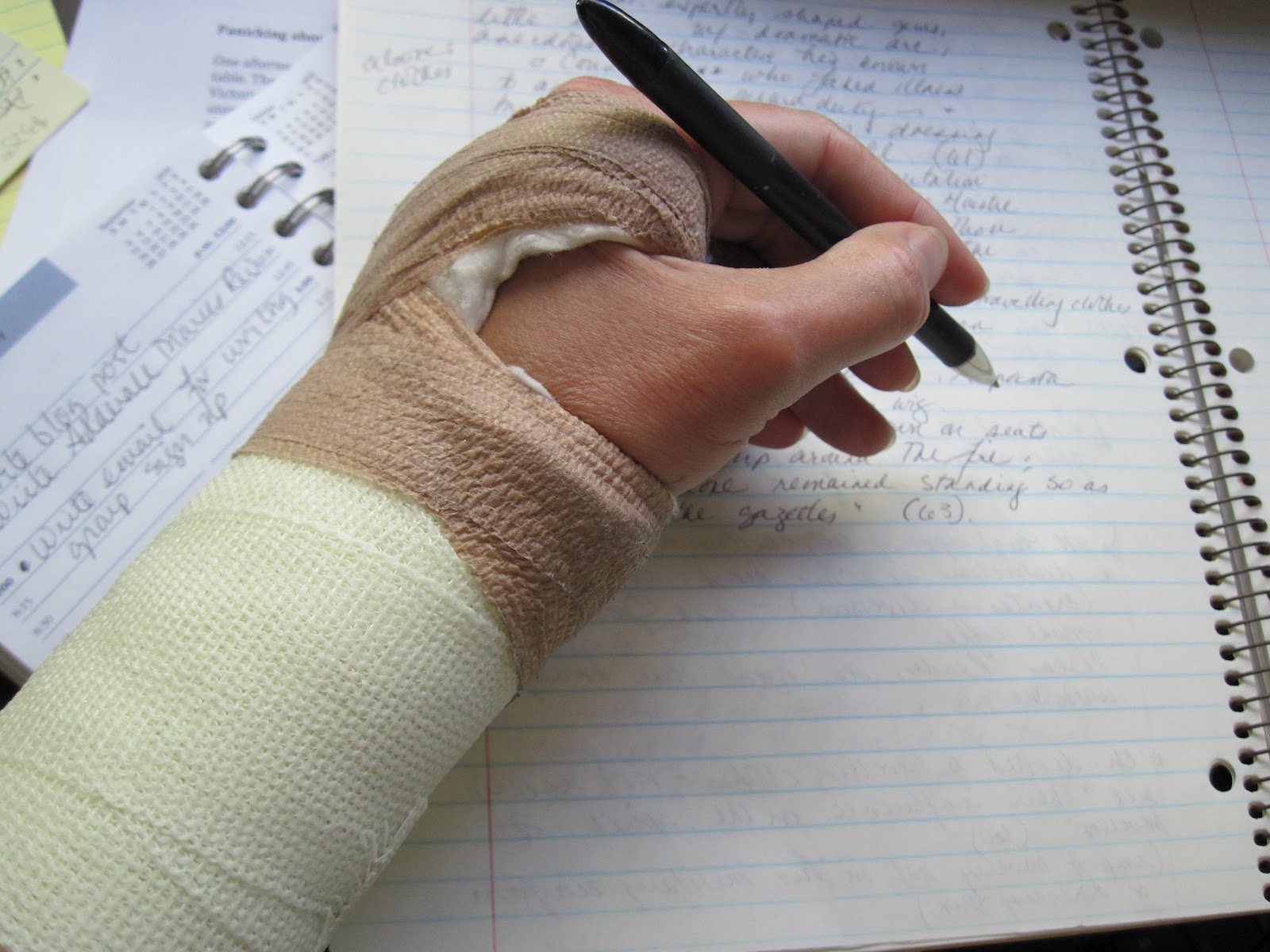

Hand cast full#
BEST CHOICE: Waterproof Arm Cast Cover for Shower Adult Long full Protector Cover Soft It can be accessed while changing bandages, and fit most hand sizes easily.Ģ.Whether there are bandages on your arm or if you want to change it. 1.6K 55K views 1 year ago TOP Videos for Finger Stiffness Michelle, from Virtual Hand Care, shows you Finger + Wrist Exercises: Beginner Follow Along after Cast Removal.With the waterproof cast cover arm, you can take a bath and shower easily.The waterproof cast cover arm is specially designed with a tightly sealed rubber diaphragm ring and effectively protects the bandage and wound from getting wet.Prop up your hand on a pillow when lying down or sitting. Always place a towel between yourself and the ice pack, and never remove your split or bandages. BEST SELLER: Belifu Cast Covers for Shower Arm, Adult Waterproof Cast Cover Arm Ice Your Hand: place a cold pack on your hand for 10-20 minutes at a time for about three days. Waterproofing the cast will likely cost more and take more time, but it may be worth discussing with your doctor if you feel a waterproof cast will best fit your lifestyle.1. In some cases, your doctor may be able to put a waterproof liner under the cast, which makes the entire cast waterproof. While the outer layer is waterproof, the soft padding underneath is not. Synthetic cast consįiberglass casts are much more waterproof than plaster casts, but not completely.
Hand cast skin#
This makes the skin underneath the cast less vulnerable to irritation.Īs an added bonus, fiberglass casts weigh less than plaster casts do, and the come in a range of colors. This also means that fiberglass casts are more breathable, making them much more comfortable to wear. They’re more porous than plaster casts, which allows your doctor to take X-rays of the injured area without removing the cast. Synthetic casts offer a lot of advantages over plaster casts for both doctors and the people wearing them. The fiberglass is then soaked in water and wrapped around the area in several layers. A stockinette is placed on the injured area, then wrapped in soft cotton padding. Step 3: Stir the ingredients together with a wood stick. To relieve itchy skin, turn a hair dryer on a cool setting and aim it under the cast. What can I do if my child wants to scratch under the cast A cast can cause your child's underlying skin to feel itchy. Step 2: Add an equal amount of room temperature water to the alginate powder. Encourage your child to frequently move the fingers or toes of the injured limb. To cast an adult hand, you’ll need 6 cups. They’re usually made out of a material called fiberglass, a type of moldable plastic.įiberglass casts are applied in a similar manner to plaster casts. Step 1: Scoop alginate compound into a large bucket or bowl. Today, synthetic casts are used more often than plaster casts.

Plaster casts tend to be heavier as well, so they can pose a challenge to small children. They also take several days to fully harden, so you’ll need to limit your activities for a few days after getting the cast. To bathe with a plaster cast, you’ll need to wrap it in several layers of plastic.

Hand cast crack#
For one, they can’t get wet, as this can cause the plaster to crack or disintegrate. Plaster casts require more care than other types of casts. Compared to other cast types, plaster casts are: While they aren’t as popular as they used to be, plaster casts still have some advantages. Eventually, the paste hardens into a protective case. Next, they’ll wrap several layers of soft cotton around the area before applying the paste. This involves mixing white powder with water to form a thick paste.īefore applying a plaster cast, a doctor will place a stockinette made out of thin, webbed material over the inured area. To make it go down: Prop up the injured part of the body so it’s higher. Until the 1970s, the most common type of cast was made with plaster of paris. Swelling Your cast may feel snug, especially the first few days after your injury.


 0 kommentar(er)
0 kommentar(er)
